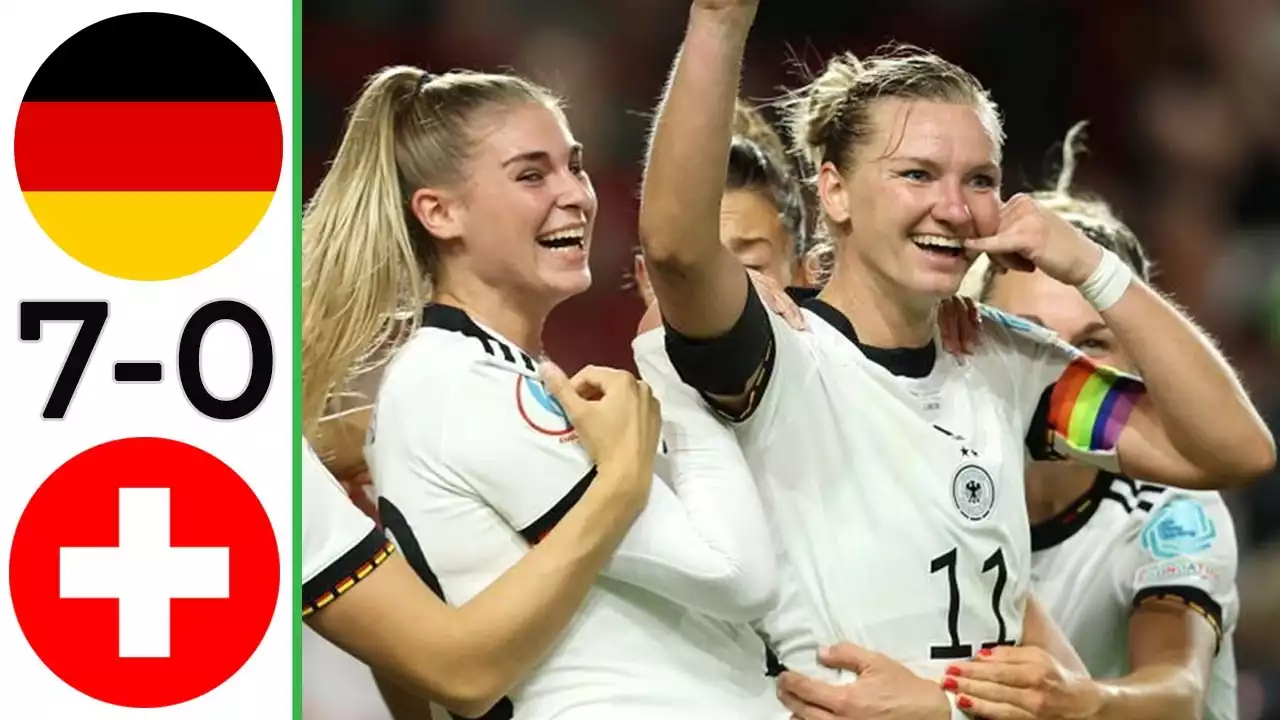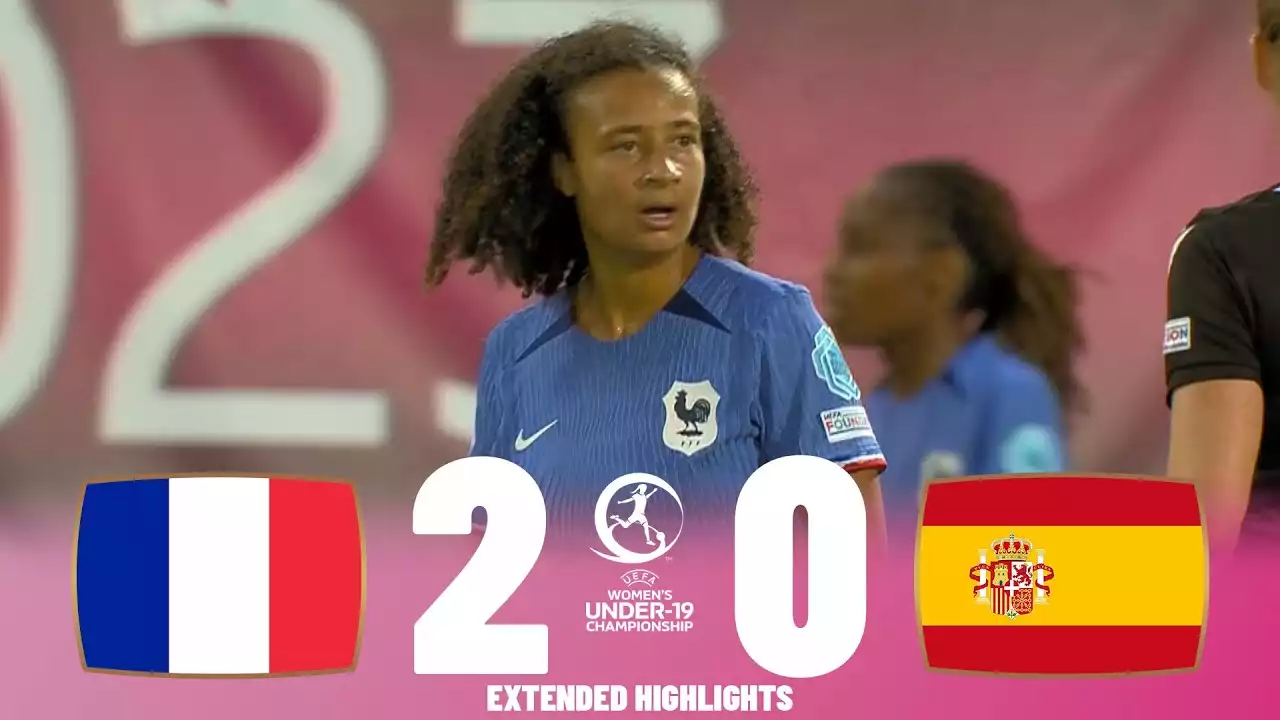Challenges faced by women's football in Eastern Europe
Lack of infrastructure and investment in women's football
One of the biggest challenges faced by women's football in Eastern Europe is the lack of infrastructure and investment. Unlike their counterparts in Western Europe, many Eastern European countries struggle to provide adequate facilities and resources for women's football development. The limited number of training grounds, stadiums, and equipment hinder the growth of the sport and make it difficult for talented players to reach their full potential.
Moreover, the lack of financial investment in women's football has a direct impact on the quality of coaching and player development. Without proper funding, it becomes challenging to attract and retain talented coaches who can provide the necessary guidance and support to young players. This lack of investment also affects the ability to organize competitive leagues and tournaments, limiting opportunities for players to showcase their skills.
Despite these challenges, Eastern European women's football teams have shown incredible resilience and determination. They have learned to make the most of the resources available to them, proving that passion and talent can triumph over adversity.
Gender inequality and cultural barriers in Eastern European societies
Another significant challenge faced by women's football in Eastern Europe is gender inequality and cultural barriers. Traditional gender roles and societal expectations often discourage girls and women from participating in sports, particularly those considered more "masculine" like football. This cultural bias has limited the participation and visibility of women's football in the region.
Additionally, gender inequality extends beyond societal norms and affects the professional realm as well. Women's football in Eastern Europe faces challenges in terms of equal pay, sponsorship opportunities, and media coverage. The lack of visibility and recognition further perpetuates the notion that women's football is of lesser importance compared to the men's game.
However, despite these barriers, Eastern European women's football teams continue to defy societal norms and push for change. Their determination and passion for the sport are gradually challenging the status quo and creating new opportunities for aspiring female footballers.
Opportunities for growth and development in women's football
Initiatives and programs promoting women's football in Eastern Europe
While Eastern Europe faces unique challenges, it also offers significant opportunities for the growth and development of women's football. In recent years, there has been a noticeable increase in initiatives and programs aimed at promoting women's football in the region. Organizations, both local and international, have recognized the untapped potential and are investing in grassroots development, coaching education, and talent identification.
These initiatives not only provide access to better training facilities and coaching but also focus on raising awareness and changing perceptions about women's football. By challenging stereotypes and breaking down cultural barriers, these programs are paving the way for a more inclusive and diverse footballing landscape in Eastern Europe.
Success stories and notable achievements in Eastern European women's football
Eastern Europe has witnessed several success stories and notable achievements in women's football in recent years. The rise of teams like Serbia, Poland, and Romania in international competitions is a testament to the talent and determination within the region. These teams have not only challenged traditional powerhouses but have also demonstrated the potential for Eastern European countries to compete at the highest level.
Furthermore, individual players from Eastern Europe have achieved remarkable success on the international stage. From winning prestigious awards to securing contracts with top clubs, these players have shattered glass ceilings and become role models for aspiring female footballers in the region. Their success serves as inspiration and motivation for the younger generation, highlighting the possibilities that exist within Eastern European women's football.
The role of national teams in driving change and inspiring young girls
National teams play a crucial role in driving change and inspiring young girls in Eastern European countries. The success and visibility of national teams in international competitions have a profound impact on the perception of women's football within each country. When national teams perform well, they capture the attention of the public, generate media coverage, and inspire young girls to pursue their football dreams.
The achievements of national teams also lead to increased investment and support from governing bodies and sponsors. This support translates into improved infrastructure, better coaching opportunities, and increased participation at the grassroots level. National teams act as ambassadors for women's football, challenging stereotypes and showcasing the talent and potential present within Eastern Europe.
Future prospects and potential for women's football in Eastern Europe
The future prospects for women's football in Eastern Europe are promising. As more funding and support are directed towards women's football, the region has the potential to become a force to be reckoned with on the international stage. The talent pool is steadily growing, and with the right infrastructure and investment, Eastern European countries can produce world-class players and competitive teams.
Additionally, the changing societal attitudes and increased visibility of women's football are slowly breaking down cultural barriers and challenging gender stereotypes. Young girls are now more encouraged to participate in football and pursue their dreams, knowing that opportunities exist for them to succeed.
It is crucial for stakeholders, including governing bodies, sponsors, and fans, to continue supporting and investing in women's football in Eastern Europe. By doing so, they not only contribute to the growth of the sport but also empower and inspire a generation of young girls to believe in their abilities and strive for excellence.
Eastern Europe is carving its path in women's football, overcoming challenges and seizing opportunities along the way. The limited resources and lack of infrastructure have ignited a fierce determination among Eastern European women's football teams to succeed against the odds. With a growing number of talented players and passionate coaches, these teams are breaking barriers and making their mark on the international stage. As more funding and support are being directed towards women's football in Eastern Europe, there is an opportunity for these nations to rise and become forces to be reckoned with. The future of women's football in Eastern Europe holds immense potential, and it is crucial to continue supporting and investing in the growth and development of the sport.










